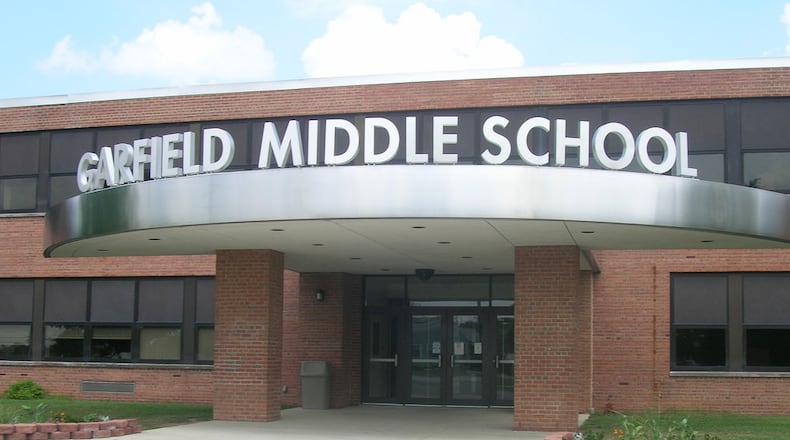The bill approved last week will make children from middle-income families eligible. It raises the household income cap from 200% of the federal poverty level to 250%. That would mean an annual household income of $65,500 for a family of four, up from $52,400. A voucher provides a student up to $4,650 per year for K-8 private school, and $6,000 for grades 9-12.
But much debate is over the definition of an underperforming school where students should be eligible for vouchers. Under the new bill, 473 Ohio schools are on the list, including Eastmont School in Dayton, Schaefer in Springfield and Crawford Woods in Hamilton, each of which got a “C” on the most recent state report card and improved its performance index on state tests in 2018-19.
The number of Ohio schools on the voucher eligibility list grew in recent years to about 500. A proposed change a year ago would have more than doubled that number to 1,233 schools, but that measure did not take effect.
Students who receive school-performance-based vouchers in a given year remain eligible in future years, even if their home public school is no longer labeled underperforming. Catholic schools are by far the largest recipient of voucher students locally.
Many supporters of public district schools say taxpayer money shouldn’t go to private schools. They argue that Ohio’s existing voucher funding system disproportionately hurts low-income public schools, making them less able to effectively serve the students who remain.
Many voucher advocates say the state should be championing school choice and supporting the ability of individual families to find the school that works best for them.
The Ohio School Boards Association and the Ohio Education Association teachers union ripped the new voucher bill both on substance, and on the sudden vote that occurred without committee hearings.
“This harmful plan will continue to siphon locally voted tax dollars away from students in public schools and send them to unaccountable private schools,” OSBA said in a statement.
A separate pending bill to revamp state funding for K-12 schools would change voucher funding so public schools were not damaged, but that bill has not come to the floor for a vote in either the house or the senate.
Chad Aldis, Ohio vice president at the Fordham Institute, said the bill is a positive solution that reduces reliance on the state report card and gives families options in a year that has shown education isn’t a one-size-fits-all proposition.
“The legislature deserves credit for compromising and finding a long-term solution,” Aldis said.
In Butler County, the eligibility list includes six Hamilton schools (Bridgeport, Fairwood, Riverview, Miami, Crawford Woods and Garfield), six Middletown schools (Amanda, Creekview, Rosa Parks, Highview plus the middle school and high school), and New Miami High School.
About the Author

